Our Bees
1Tribe Family members have been keeping honey bees on the property since 2016, tending to a a small group of hives that in turn tend to the many flowers and plants, wild and planted, here at 1Tribe. Harvested as gently as possible and with respect to the bees’ needs, this raw and unfiltered honey comes exclusively from hives located on the farm.
Knowing the importance of pollinators, our gardeners have focused on planting and seeding as many pollinator-friendly flowers and wildflowers as possible–bee balm, lantanas, marigold, cosmos, cone flower, milkweed, dahlia, and many more–which you can see thriving in every corner of the farm. The field diversity we provide for our cattle with rotational grazing and careful land stewardship with a mind to build soil, plant, and insect health and proliferation also adds to the diversity of our bees’ nectar diet. Our fields boast a huge variety of grasses with plentiful wildflowers like white and red clover, milkweed, chicory, mullein, knotweed, motherwort, bladder campion, and many many others–not to mention the many fruit, vegetable, and herb plantings they tend to for us.
All this flowerfood diversity means a few things for our honey:
The flavor, color, and other characteristics of our honey is unique from season to season and year to year. Our honey is of this land, with characteristics and flavors created by this specific natural environment and the shifts that happen within it over time–like a sweet story. As each flower blooms and fades through the season, as we cull different undesirable populations like thistle, and as new populations proliferate and flourish, the bees gather a multitude of nectars for us all to enjoy. No two seasons are the same.
While it can be difficult to know the quality and source of honey that you get in the grocery store–much of it is diluted with cheap additives or comes from bees tending to huge monoculture crops that require pesticides and other unknowns–we can show you where our honey came from. While we can’t control where our bees go, we can say that we’ve provided as much diverse, chemical-free, and appetizing bee food as possible.
Honey, especially raw local honey, is believed to have a variety of health benefits and has been used as part of folk remedies for millennia: they Egyptians used it as early as 3000 BC for it’s antibacterial and anti-fungal properties, both to help heal wounds and as part of the mummification process. Today, medical grade Manuka honey is used in some of the most advanced medical settings for the same reason as the Egyptians: to disinfect wounds and speed the healing process. As a home remedy, you hear of honey being used alone or with herbs as a cough suppressant and sore throat coat, and many swear by the allergy relief of regularly consuming local, raw honey, bee pollen, and other honey products.
That said, we’re not doctors and cannot give you medical advice–but we can say that we love making honey a regular and sweet-tasting addition to our diets, and recommend it to you on that merit alone!

